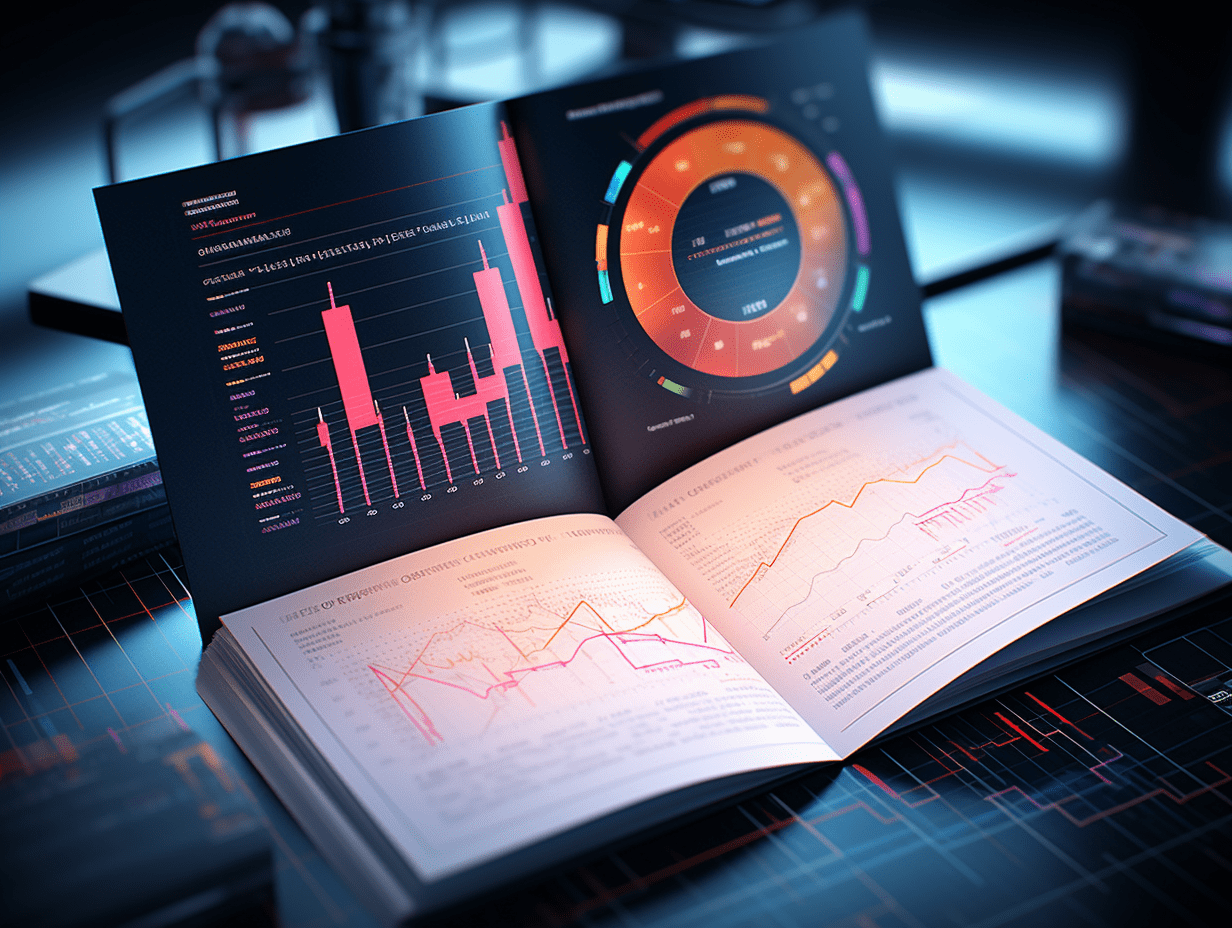
Huatai: Further easing of fiscal policies in March, focus on the intensity and pace of subsequent incremental measures to stabilize domestic demand.
Huatai released a research report stating that in the first quarter, general fiscal expenditure (including general public budget and government funds) increased by 5.6% year-on-year, higher than the 4.6% nominal GDP growth rate in the first quarter, showing that the expansionary fiscal policy has provided strong support for economic growth. Considering the potential impact of the implementation of "equivalent" tariffs by the United States on exports, which may become more pronounced in the second quarter of this year, global growth may also slow down in the second quarter. It is necessary to maintain loose fiscal policy to offset the potential impact of the slowdown in external demand and solidify the foundation of the rebound in domestic demand since the first quarter. Finance Minister Liao Min'an stated at the two sessions economic theme press conference that in order to deal with possible uncertainties both internally and externally, the central government has reserved sufficient reserve tools and policy space, focusing on the intensity and pace of subsequent incrementally stable domestic demand policies.
Huatai's main points are as follows:
Commentary on March fiscal data
In the first quarter, general fiscal expenditure (including general public budget and government funds) increased by 5.6% year-on-year, higher than the 4.6% nominal GDP growth rate in the first quarter, indicating that the expansionary fiscal policy has provided strong support for economic growth. In particular, the year-on-year growth rates of general public budget/government funds expenditure were 4.2%/11.1% respectively. The issuance of special bonds may have led to an acceleration in the expenditure of government funds, but in the first quarter, general fiscal revenue decreased by 2.6% year-on-year, mainly due to a decline of 11% in government funds revenue. In March, the year-on-year growth rate of general fiscal expenditure increased significantly to 10.1% from 2.9% in January-February, maintaining a strong expenditure intensity. Expenditures related to infrastructure such as agricultural, forestry, water affairs, energy conservation, and environmental protection increased significantly year-on-year in March, which is consistent with the high growth rate of infrastructure investment in March. Meanwhile, the year-on-year growth rate of general fiscal revenue slightly increased from -2.9% in January-February to -1.7% in March, indicating that the momentum of the rebound in economic domestic demand still needs to be consolidated. The fiscal deficit in March was 1.7 trillion yuan, an increase of 366.1 billion yuan from the same period last year, demonstrating an intensified expansionary fiscal policy. In addition, the year-on-year growth rate of fiscal deposits continued to rise from 14.9% in February to 17%, reflecting the pre-financing of government bond issuance earlier this year.
Looking ahead, the implementation of tariff policies in April may bring disturbance to exports, increasing the necessity for further loosening of fiscal policy in the second quarter. At the same time, the stability of revenue growth is key to the sustainability of fiscal expansion. Considering that the impact of the implementation of "equivalent" tariffs by the United States on exports may become more pronounced in the second quarter of this year, and global growth may also slow down in the second quarter, it is necessary to maintain loose fiscal policy to hedge against the potential impact of the slowdown in external demand and solidify the foundation of the rebound in domestic demand since the first quarter. The apparent deficit ratio and scale of fiscal policy at this year's two sessions are higher than last year, and the total financing scale of general (central and local) fiscal in the new year reached 13.9 trillion yuan, an increase of 2.9 trillion yuan compared to last year's target value. On March 6, Finance Minister Liao Min'an stated at the two sessions economic theme press conference that in order to deal with possible uncertainties both internally and externally, the central government has reserved sufficient reserve tools and policy space, focusing on the intensity and pace of subsequent incrementally stable domestic demand policies.
Specific analysis of the revenue and expenditure items in March is as follows:
1. Revenue: Weakness in tax revenue and land transfer income, fiscal revenue under pressure
In the first quarter, general public budget revenue fell by 1.1% year-on-year, slower than the 1.3% decrease for the whole of last year. Looking at individual months, the year-on-year growth rate of general public budget revenue in March turned positive from -1.6% in January-February to 0.3%. In the first quarter, the year-on-year growth rates of tax revenue/non-tax revenue were -3.5%/8.8%, lower than the full-year growth rates of -3.4%/25.4% last year, with the annual tax revenue increasing from -3.4%/25.4% last year. In March, the year-on-year growth rates of enterprise income tax, value-added tax, and consumption tax all accelerated compared to January-February, while the year-on-year growth rate of personal income tax slowed down compared to January-February.
In the first quarter, consumption tax grew by 2.2% year-on-year, slightly slower than the 2.6% growth for the whole of last year, while the year-on-year growth rate of consumption tax in March increased from 0.3% in January-February to 9.6%. This corresponds to the nominal year-on-year growth of 5.9% in total retail sales of consumer goods in March, which increased from 4% in January-February. The year-on-year decline in vehicle purchase tax decreased from 32.5% in January-February to 13.8% in March, and the year-on-year growth rate of automobile retail sales in social zero increased by 9.9 percentage points to 5.5%.
In the first quarter, enterprise income tax increased by 7.1% year-on-year, faster than the -0.5% for the same period last year. Looking at monthly data, the year-on-year growth rate of enterprise income tax in March changed from -10.4% in January-February to 15.9%, and the year-on-year growth rate of value-added tax revenue increased from 1.1% in January-February to 5%. In addition, personal income tax in the first quarter increased by 7.1% year-on-year, higher than the -1.7% for the whole of last year, with the monthly growth rate changing from 26.7% in January-February to -58.4% in March, possibly reflecting the impact of the early Spring Festival this year some units may have issued year-end bonuses before the Spring Festival holiday, and tax income will be deposited in February, thus partially lowering the year-on-year growth rate of personal income tax in March.
Due to the increased activity in the securities market, stamp duty increased by 21.1% in the first quarter, significantly higher than the -9.5% for the whole of last year. Looking at individual months, the year-on-year growth rate of stamp duty in March decreased from 16.9% in January-February to 8.5%, corresponding to the decrease in the year-on-year growth rate of A-share turnover in March from 68.2% in January-February to 37.1%.
In the first quarter, the year-on-year decline in government funds revenue decreased from 12.2% for the whole of last year to 11%, while in March, the year-on-year decline in government funds revenue increased from 10.7% in January-February to 11.7%, which may indicate that real estate prices are still bottoming out. The year-on-year decline in land transfer income increased from 15.7% in January-February to 16.5% in March, but the year-on-year decline in land transfer income in the first quarter narrowed slightly from 16% for the whole of last year to 15.9%. After summing up the five tax revenues related to real estate, the year-on-year growth rate decreased from -11.4% in January-February to -10.8%. Looking at demand-side data, the year-on-year decline in commercial housing transaction amount in March decreased from 2.6% in January-February to 1.6%, and the decline narrowed significantly compared to the 17.1% for the whole of last year, providing support for real estate-related tax revenue.
This Japanese text appears to be missing any content to translate. Please provide a complete sentence or text for translation.Expenditure end: In the first quarter, general fiscal expenditure accelerated and grew faster than nominal GDP growth
In the first quarter, general expenditure increased by 5.6% year-on-year, faster than the 4.6% growth in nominal GDP in the first quarter, and the overall general fiscal policy remained loose. Specifically, the general public budget / government fund budget expenditure increased by 4.2% / 11.1% year-on-year, faster than the full year of 2024. On a monthly basis, the growth rate of general fiscal expenditure in March rose sharply from 2.9% in January-February to 10.1%, with the growth rate of general public budget expenditure increasing from 3.4% in January-February to 5.5%, and the growth rate of government fund expenditure increasing significantly from 1.2% in January-February to 27.9%. Specifically,
In March, the growth rate of general public budget expenditure increased from 3.4% in January-February to 5.5%, with the growth rate of infrastructure-related agriculture, forestry, water affairs increasing from -10.5% in January-February to 2.6%, and the energy conservation and environmental protection sub-items also increased significantly from 1% in January-February to 16.4%, mainly reflecting the early focus of fiscal policies and the accelerated implementation of new infrastructure projects. In addition, the growth rates of health, social security, and employment related to people's livelihood increased from 0.6% / 6.7% in January-February to 4.7% / 10% in March, indicating that stable growth policies are focusing on the stabilization of people's livelihood and employment areas, while the growth rate of scientific and technological expenditure sub-items turned negative from 10.6% in January-February to -4.7%.
Due to a low base, the growth rate of government fund expenditure in March surged from 1.2% in January-February to 27.9%, with the funds pre-issued by fiscal stimulus since the beginning of the year providing a boost to the growth of government fund expenditure. In addition, local special bonds issued a total of 960.3 billion yuan from January to March, an increase of 326.2 billion yuan year-on-year, with a new addition of 363.5 billion yuan in local special bonds in March, an increase of 132.8 billion yuan year-on-year, providing some support to government fund expenditure through the capital effect brought by the issuance of special bonds.
Risk warning: The fiscal expansion may be less than expected, and the progress of local special bond issuance may continue to be slow.
RECOMMEND
©️2013 - 2025 GMT EIGHT Holdings. All Rights Reserved.
Contact: [email protected]


